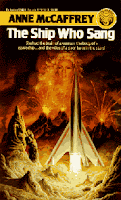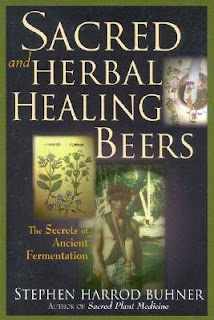 Robert Dugoni has practiced as a civil litigator in San Francisco and Seattle for seventeen years. In 1999 he left the full-time practice of law to write, and is a two-time winner of the Pacific Northwest Writers Association Literary Contest. He graduated Phi Beta Kappa from Stanford University with a degree in journalism and worked as a reporter for the Los Angeles Times before obtaining his doctorate of jurisprudence from the University of California at Los Angeles School of Law.
Robert Dugoni has practiced as a civil litigator in San Francisco and Seattle for seventeen years. In 1999 he left the full-time practice of law to write, and is a two-time winner of the Pacific Northwest Writers Association Literary Contest. He graduated Phi Beta Kappa from Stanford University with a degree in journalism and worked as a reporter for the Los Angeles Times before obtaining his doctorate of jurisprudence from the University of California at Los Angeles School of Law.His fourth novel--and third in the David Sloane series--is Bodily Harm, which was released by Touchstone Books this month.
Earlier this month I asked him what he was reading. His reply:
Currently I am reading I, Sniper, by Stephen Hunter. I found Hunter many years ago and he is one author whose books I anticipate each year. Earl Swagger and his son, Bob Lee Swagger, are terrific characters andLearn more about the author and his work at Robert Dugoni's website and blog.tough as nails. I like to read Hunter to see how he raises the suspense in his books.
I’m also reading Killshot by Elmore Leonard. I met him at the Tucson Festival of Books and have to confess I know his work, but mostly through the movies, like 310 to Yuma and Get Shorty. He’s the master of both Westerns and Crime fiction. So I bought his books and I’m reading. His dialogue is so believable you feel a part of the conversation, and his characters are real; he doesn’t give you the super heroes or the corny plots, it’s much more of a commentary on everyday people.
--Marshal Zeringue





















































